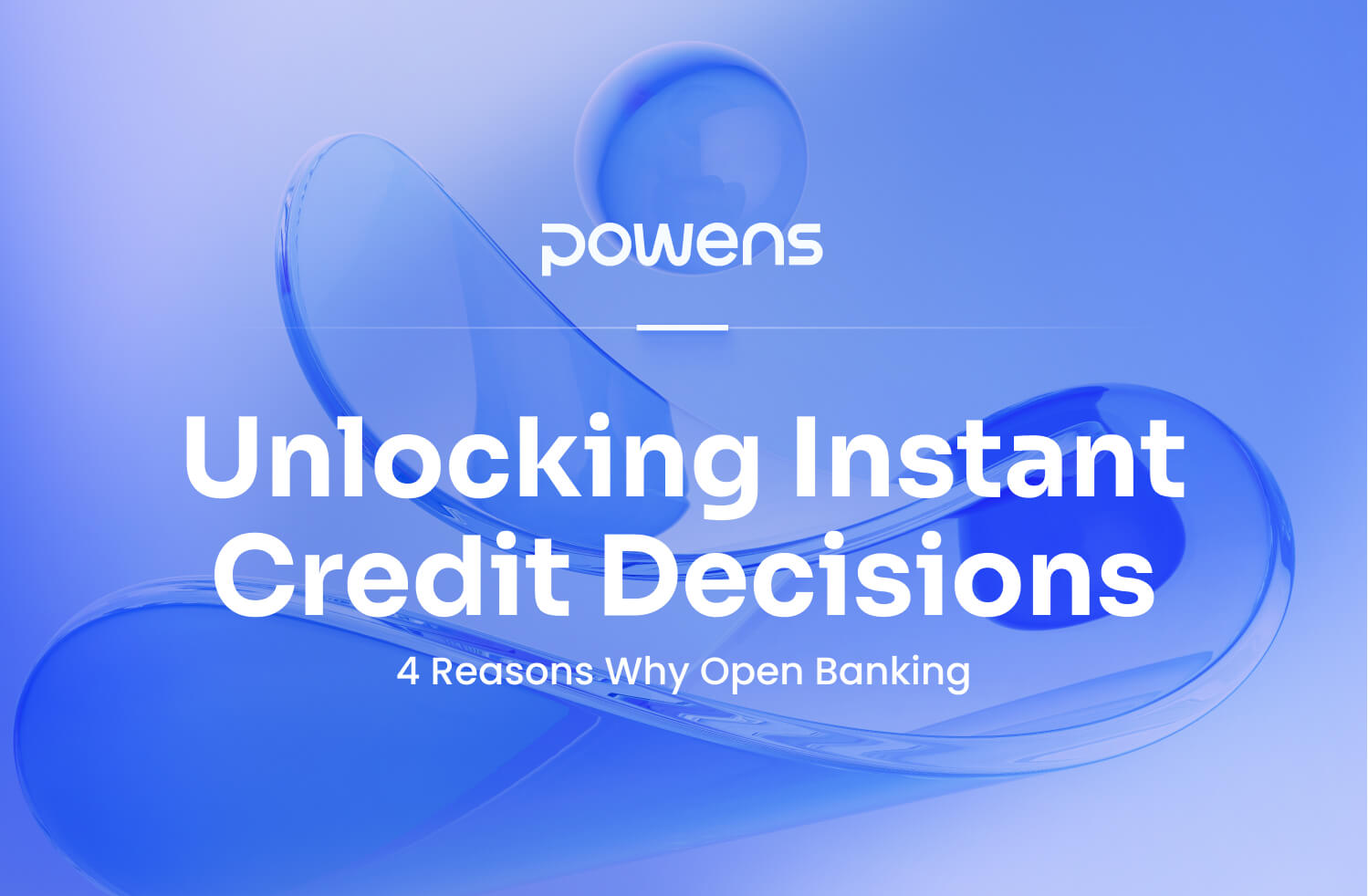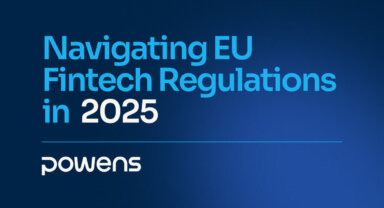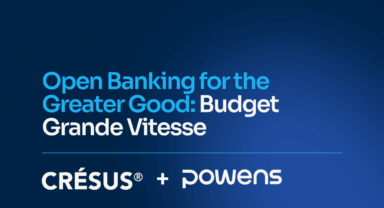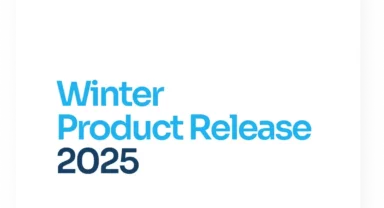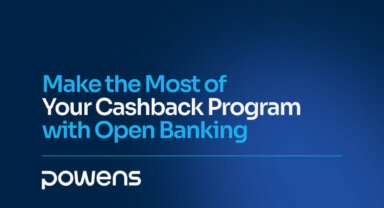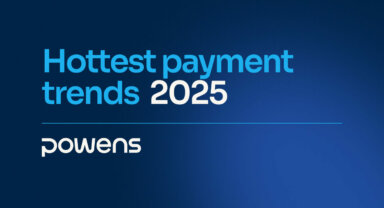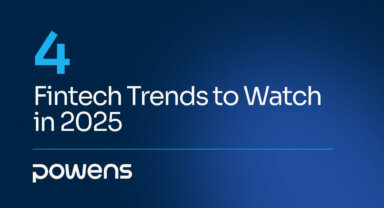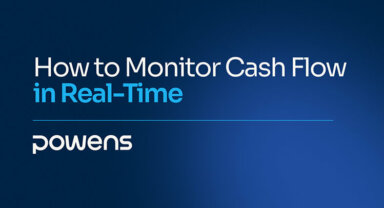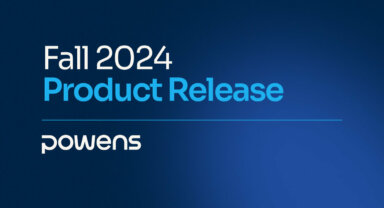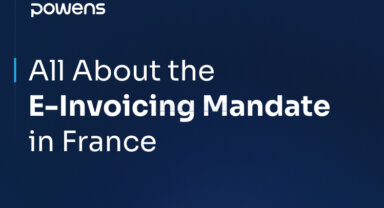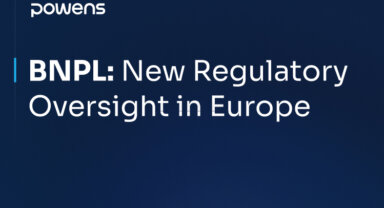4 ways that Open Banking can enhance credit decision-making
Whenever money gets lent out, regardless of the sum or the reason for the loan, there’s an element of risk involved—calculated or otherwise. This is why assessing and managing risk has been the backbone of the lending industry since its very inception.
Therefore, you might naturally make the assumption that credit institutions would be eager to seize every opportunity—and every new technology available—to make their credit scoring models work even more effectively. A big part of achieving this includes minimizing the headaches and potential errors associated with manual data or document sharing at various stages of the customer onboarding journey.
In spite of the clear benefits that go hand-in-hand with digital transformation in the credit sector, many lending institutions haven’t yet fully embraced Open Banking and Open Finance solutions to enhance their ability to make credit decisions with a higher degree of confidence. But knowing that the credit industry, especially in the area of consumer credit, has more or less agreed to move in a digital-first direction in the coming years, there’s really no better time than now for credit institutions to test the waters and tackle the Open Banking learning curve—well before it becomes the de facto status quo.
So if you’ve been sitting on the digital fence for a while, you’ve come to the right place. In this article, we’ll take a quick look at the primary reasons why Open Banking can give credit institutions a competitive edge in a rapidly evolving, digital-first environment.
Credit scoring challenges that keep lenders up at night
But before we talk about the benefits of Open Banking for helping credit institutions make better credit decisions, it’s worth taking a quick look at the challenges they face when attempting to make accurate assessments of an individual’s or business’s financial situation in an effort to minimize the potential for risk as much as possible.
-
Working outdated data
In a more traditional (read: non-Open Banking) onboarding journey, credit institutions will ask customers to fill out extensive forms—or spreadsheets—with various data points related to their current financial situation. At the same time, they may ask customers to send PDFs of recent bank statements, account balances, proof of identity and address, and other pertinent information to plug into their credit scoring and identity verification models.
The problem is here twofold: first, compiling this information can sometimes take customers days, weeks, and even months; and second, because it’s all compiled manually over an extended period of time, it may not be factually representative of a borrower’s current financial situation. Even worse, it can be riddled with (human) errors. All of this combined can quickly render a lender’s job far more tedious and complicated than it should be.
-
Calculating real-time risk
Let’s assume for a second that all the inputs provided by customers are correct. Even in that situation, a “financial snapshot” of this kind does very little to help a lender understand a customer’s true spending and savings habits. It also doesn’t account for major changes in a customer’s current financial situation, such as unexpectedly losing a job, that could radically change the loan offer being proposed to the customer.
At the end of the day, a lender needs to make an assessment of how likely a customer will be able to pay back a loan in full and over what time period full repayment will be possible. Without access to accurate historical data about a customer’s day-to-day transactional behaviors, it is infinitely harder to paint a clear picture of risk.
-
Nipping fraud in the bud
Finally, the traditional credit scoring process relies heavily on the “honor system.” Credit institutions want to give the benefit of the doubt, trusting that customers have provided them with accurate financial information and proof of identity. Unfortunately, banks and credit institutions lose tons of money each year as a result of fraud—either by embellishing their numbers or omitting certain details outright in the hopes of getting a loan approved. Then there are those who will go one step further by stealing someone else’s identity and then, as a result, putting that victim of identity theft into a potentially precarious position.
For this reason, credit institutions have had no choice but to be vigilant and review the information submitted by customers with a fine-toothed comb to ensure that everything adds up correctly. Failing to miss a warning sign could have significant repercussions. This is one of the biggest problems of relying on customers to self-supply information versus credit institutions going directly to the source to verify the accuracy of the information shared.
4 benefits of Open Banking for credit decision-making
The good news: there’s now a way to address all of these challenges head-on. The solution is Open Banking. Here are a few reasons why it can make a big difference for your business.
1. Improved data accuracy
The better the financial data you have to work with, the easier it is to make credit decisions with a higher degree of confidence. With Open Banking, you can automate the retrieval of categorized transactional banking data from a customer’s checking account to understand an individual’s or business’s real-time financial situation whenever a loan is requested.
This includes a detailed assessment of risk factors like spending habits (transaction type), recurring expenses, frequency of transactions, and other outstanding loans in order to establish a precise expense-to-income ratio. Not only does this help determine a customer’s ability to repay a loan, but it can also shed insight into the probability of default.
Because Open Banking retrieves this data directly from the source in real-time via a secure, fully-compliant API connector—without going through the customer as an intermediary—it arrives accurate and up-to-date. Even better, it removes the potential for user error that can result, for example, from a customer inputting information incorrectly into a spreadsheet. It also safeguards against customers attempting to modify or embellish their information in the hopes of painting a better, albeit falsified picture of their actual financial situation.
2. Minimized fraud risk
In addition to ensuring that the data retrieved is accurate and up-to-date, Open Banking also provides automatic safeguards for identity theft by requiring at least one strong customer authentication (SCA) along the onboarding journey. To take this one step further, you can also use Open Finance solutions to automate and manage the identity verification step of the onboarding process as well. This guarantees that any identity documents shared with you come directly from the source, such as utilities or telecommunications providers, to add yet another layer of protection against potential fraud.
3. Increased speed and efficiency
Forget about asking customers to send financial or identity verification documents manually, whether as hard copies or digital documents. Both Open Banking and Open Finance solutions allow this to be done instantly and seamlessly at any point along the customer journey. This enables real-time data retrieval and automated data and risk analysis, thereby making it possible to process credit decisions in as little as 24 hours—and even sometimes instantly. The end result is a better and more reliable customer experience that, as an added bonus, can free up a credit institution’s resources to focus on higher-value tasks.
4. Greater digital accessibility
Most of the world has shifted in a digital-first direction, so it only makes sense that the credit decision-making process should, too. Leveraging Open Banking and Open Finance solutions to create digital-friendly credit decision-making experiences removes the barriers that may have once made it harder for an individual or business to access the funds they need.
By making these services digital-friendly, credit institutions essentially simplify the lending process by no longer requiring customers to step foot into a bank or compile financial and identity verification documents manually. Now, the end-to-end process can be done via a frictionless, fully-compliant digital workflow that can enable near-instant credit decisions.
Open Banking helps you make credit decisions with confidence
Long story short, Open Banking (and Open Finance, for certain tasks) can add tremendous value in how banks and credit institutions go about the credit decision-making process.
Open Banking addresses head-on the challenges that many lenders, who still abide by a traditional credit scoring model, face today around accessing the right financial data, calculating real-time risk, and identifying fraudsters early on. Open Banking helps to truly transform the end-to-end credit decision-making process:
- Shortened time-to-yes: Retrieving all financial and identity verification documents directly from the source makes it possible to minimize the back-and-forth of manual, often error-prone document-sharing to speed up the time it takes to compile all necessary information, analyze the data, and process loan requests.
- Improved risk management: Similarly, because transactional bank data comes directly from the source, it is guaranteed to be accurate and up-to-date at all times. Plus, as the cherry on top, Open Banking also provides a framework for receiving this data in a highly granular way, as categorized transactional data, that plugs in nicely to existing credit scoring models. This makes it far easier to build accurate financial profiles and provide credit decisions tailored to a customer’s true financial situation.
- Automated credit decisions: Allowing financial and identity verification to happen in real-time via a fully digital workflow means lenders no longer have to spend time on low-value verification tasks that, when done manually, can be prone to human error.
- Simplified payments: When a loan is approved, Open Banking makes it easy to not only transfer funds to customers in sometimes less than two minutes but also set up automated repayments to avoid loan default, declined payments, and other hassles.
- Increased innovation: All of this combined is essentially a “gateway” for credit institutions to be able to offer their customers next-gen credit services like BNPL (Buy Now Pay Later), micro-lending, and well beyond. So, while Open Banking can drastically improve and speed up credit decision-making, it also opens up new opportunities for growing your business and creating stellar customer experiences.
Tap into the power of Powens’ Open Finance platform today.
Contact us today to learn how Powens can help you make credit decisions with confidence.
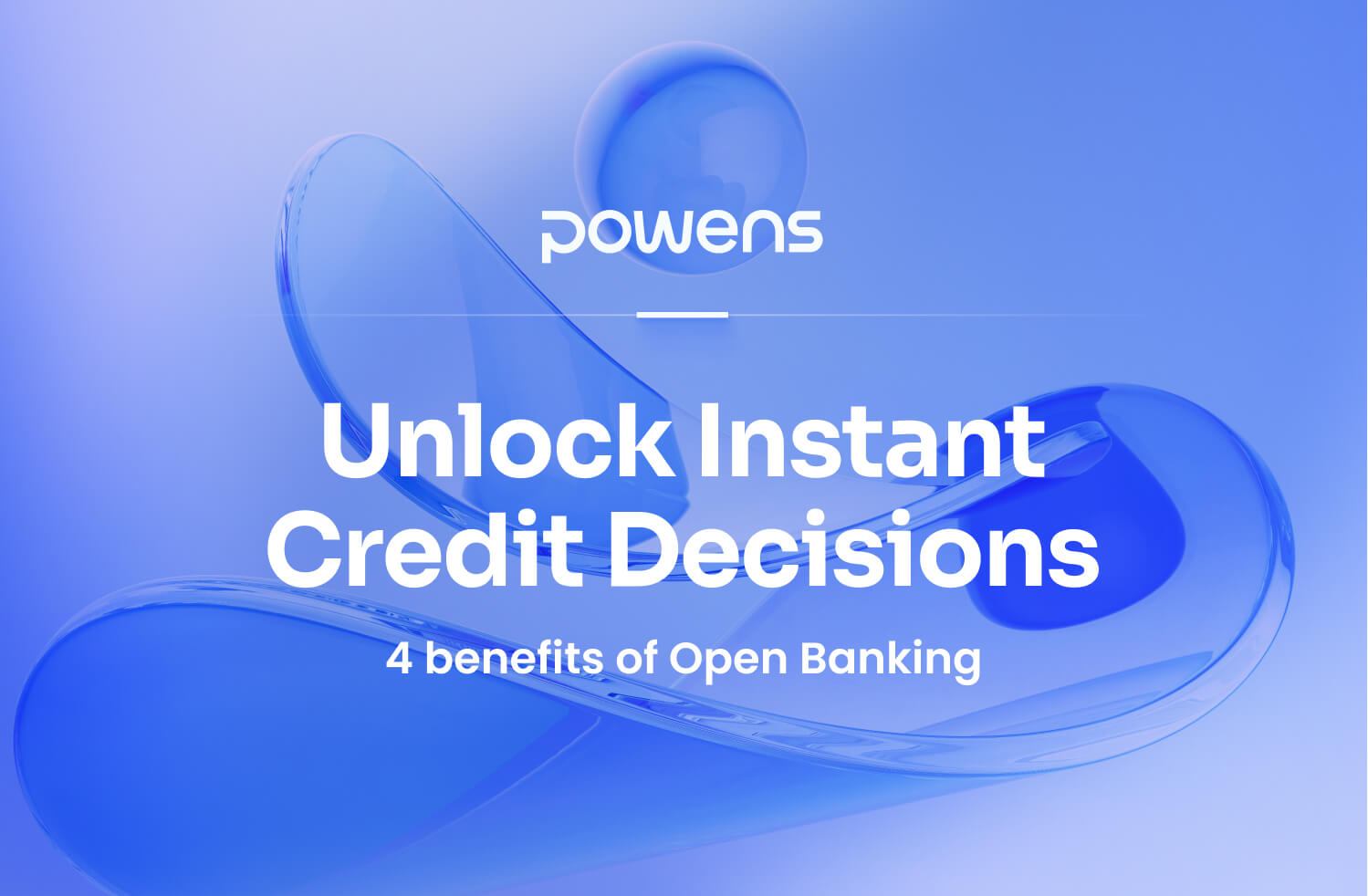
 Mar 10, 2023
Mar 10, 2023 

